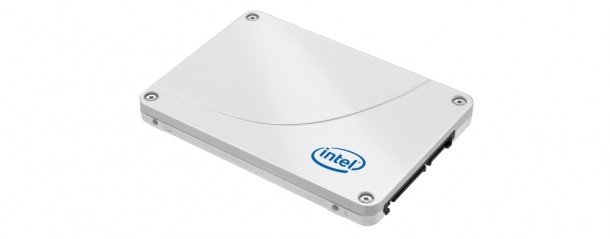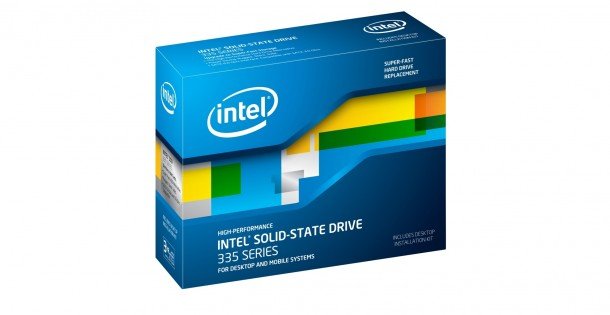Intel halves SSD power demands

Semiconductor giant Intel is rolling out solid-state drives featuring the very latest of their 20nm NAND flash modules - good news for owners of gaming laptops, which will benefit hugely from the improved power efficiency, allowing longer sessions away from the plug socket.
Intel have been in the consumer SSD game since the very beginning, and despite ditching their own memory controllers, the 330 Series have already carved out a pretty decent niche thanks to some recent price drops and Intel's reputation for longevity.
The new SSD 335 Series drives from Intel will first ship in 240GB capacities with the same sort of performance speeds as the 330 Series drives we've already seen. In the face of competition from the likes of Samsung and OCZ, such pace is unspectacular, and if these new 20nm-based drives are running at the same speed as their forebears, then what's the point in the switch?
Well, the new planar cell 20nm modules are far, far more power efficient than either the 330 Series or the speedier 520 Series. Intel are quoting figures of 350mW under load and 275mW idle power draw - the 25nm-based drives on the other hand deliver 850mW and 600mW respectively. With the current top SSD, the OCZ Vertex 4, demanding 2,500mW when it's being taxed that's quite a difference.

But what does that mean for us?
The real upshot of this then is that, with the battery life improvements coming out of Windows 8 and incredible power savings of the storage drives in the 335 Series, we'll be seeing high-end laptops coming out with serious gaming life away from the plug socket.
These aren't going to be the fastest drives around, but in the mobile gaming sphere saving a couple Watts of power consumption could help give you a little more time in-game. I'll get my grubby, tech-testing mitts on one very soon.
Keep up to date with the most important stories and the best deals, as picked by the PC Gamer team.

Dave has been gaming since the days of Zaxxon and Lady Bug on the Colecovision, and code books for the Commodore Vic 20 (Death Race 2000!). He built his first gaming PC at the tender age of 16, and finally finished bug-fixing the Cyrix-based system around a year later. When he dropped it out of the window. He first started writing for Official PlayStation Magazine and Xbox World many decades ago, then moved onto PC Format full-time, then PC Gamer, TechRadar, and T3 among others. Now he's back, writing about the nightmarish graphics card market, CPUs with more cores than sense, gaming laptops hotter than the sun, and SSDs more capacious than a Cybertruck.

